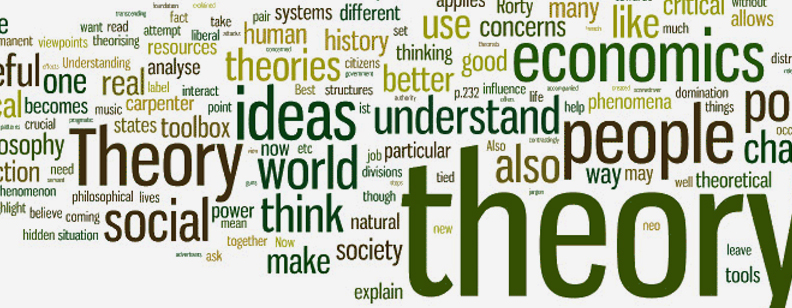“Theories might be the most bored thing in the world”, that was what I used to think. After I have worked on translating, unexpectedly, what I need most are theories. When I am translating a sentence, especially a complex sentence, it is hard to sort it out.
The problem is, even I wrote it into Chinese, it seemed as a sentence, but it was not a normal sentence in Chinese. What I am trying to express in here is the structure or meaning of this sentence cannot be easily understood by Chinese. That is the most serious problem that I have encountered in my work.
Along with this problem, another issue has popped up – being true to original or close to target language. (sometimes, if we choose to translate closely with target language, some words or structures of original language will be broke or missed.)
Under this background, I felt that I really need some theories to guide my work and it really revolutionizes my thoughts.
First of all, I would divide “translation” into 2 parts – literature translation and normal translation in terms of its genre. Why do I dare to dividing into this simple 2 parts? Here is my reason.
Literature translation often requires a range of special methods to deal with it, which is quite different from a product translation. Some may considers this division is one-sided, but so far this is the simplest way I could make.
After we have divided its types, then we should focus our attentions on the practical applications, since literature translation does not often appear in ordinary life.
Sometimes practical translations seem simple, but a troublesome issue is behind the scene. In my personal opinion, the most troublesome is expression. If I express it fluently, it sometimes miss some of words or structures from the English, which results in a problem – leaking translation.
I have seriously studied this topic. Here is my conclusion. I would put the meaning in the first place even I have to miss some words from the original texts.
This thought comes from my belief in the core part of translation – to express meaning for readers who do not know English, which means I have to express them in a Chinese structure, though I have to miss several words from the English text.
Translation is hard to get perfect and the process of translation indeed is a dilemma. The principle in my mind is – should initially be true to the original text, then try our best to comply with target language principles.
When this two things cannot balance, then fluent in target language priors to the original text. What we really need to do is expressing the meaning that the original text intends to reflect.
It seems a simple thing, in fact, a well-expressed translation needs a lot of time and experience, more importantly, we should always soak all the other theories to guide practical translation.
Read Also: Quality Management – Brief Discussion on Translation Project Management (II)



